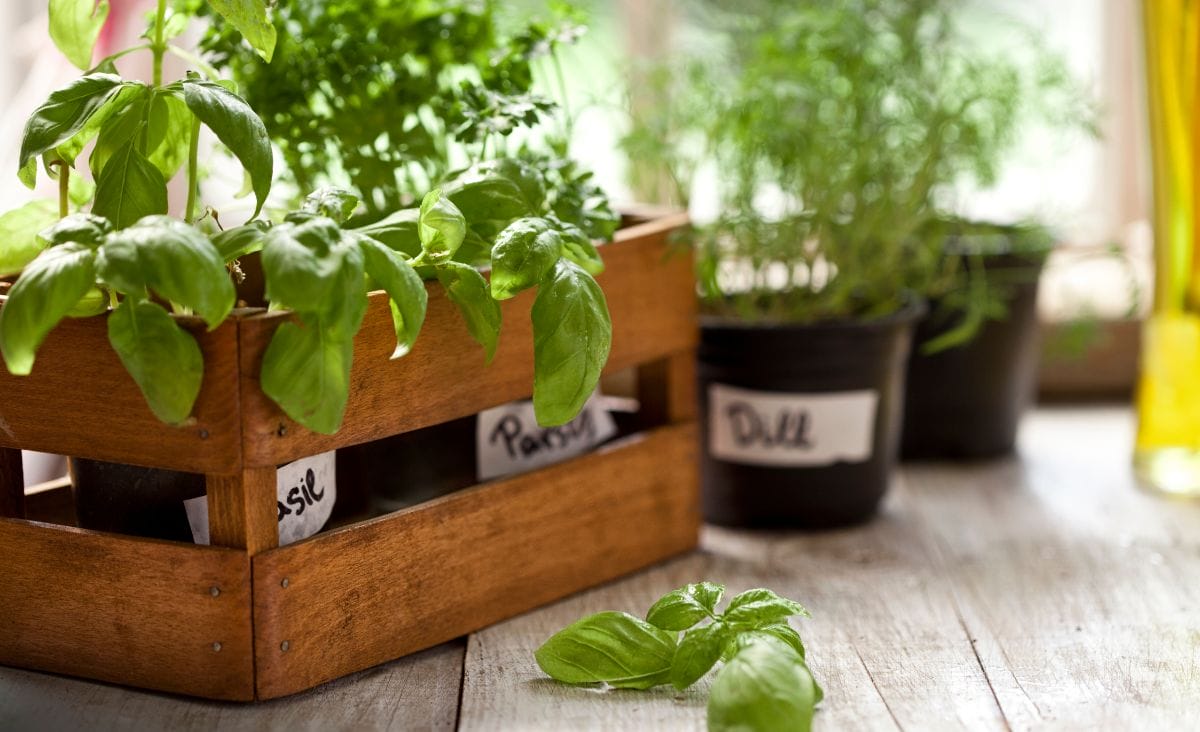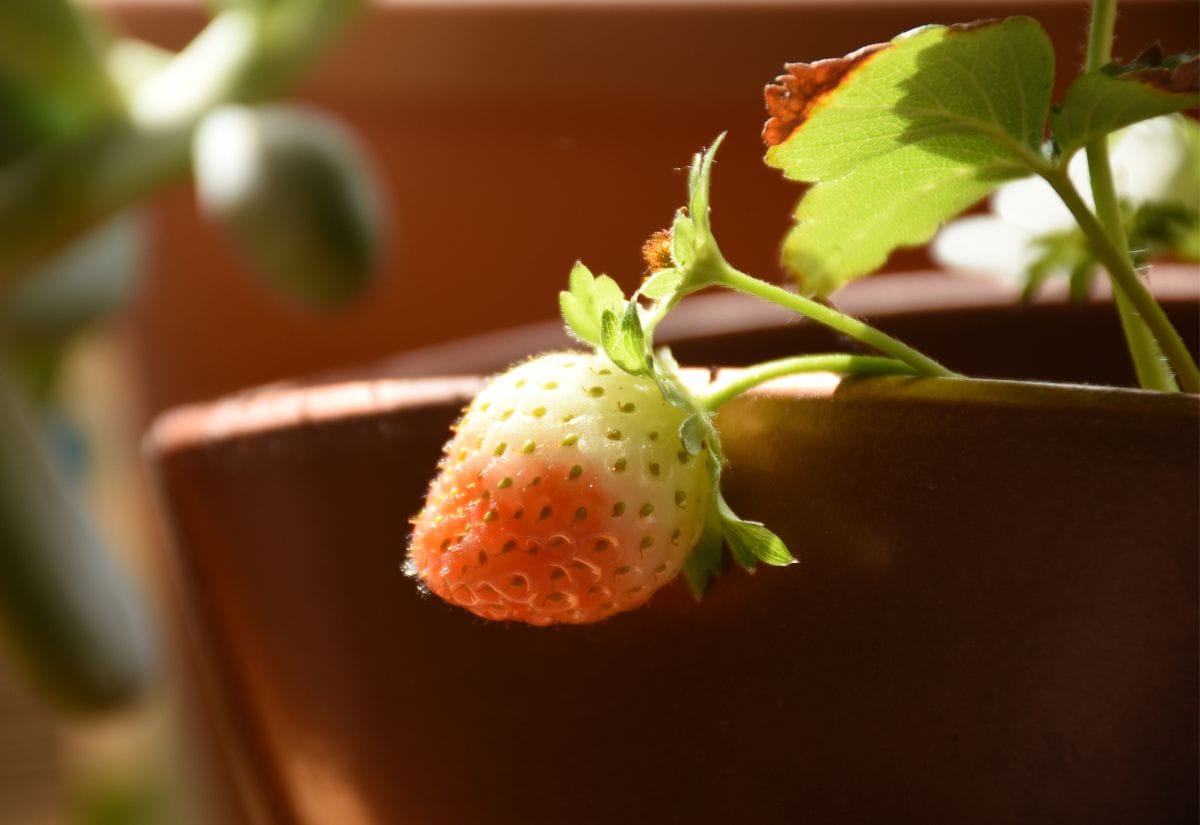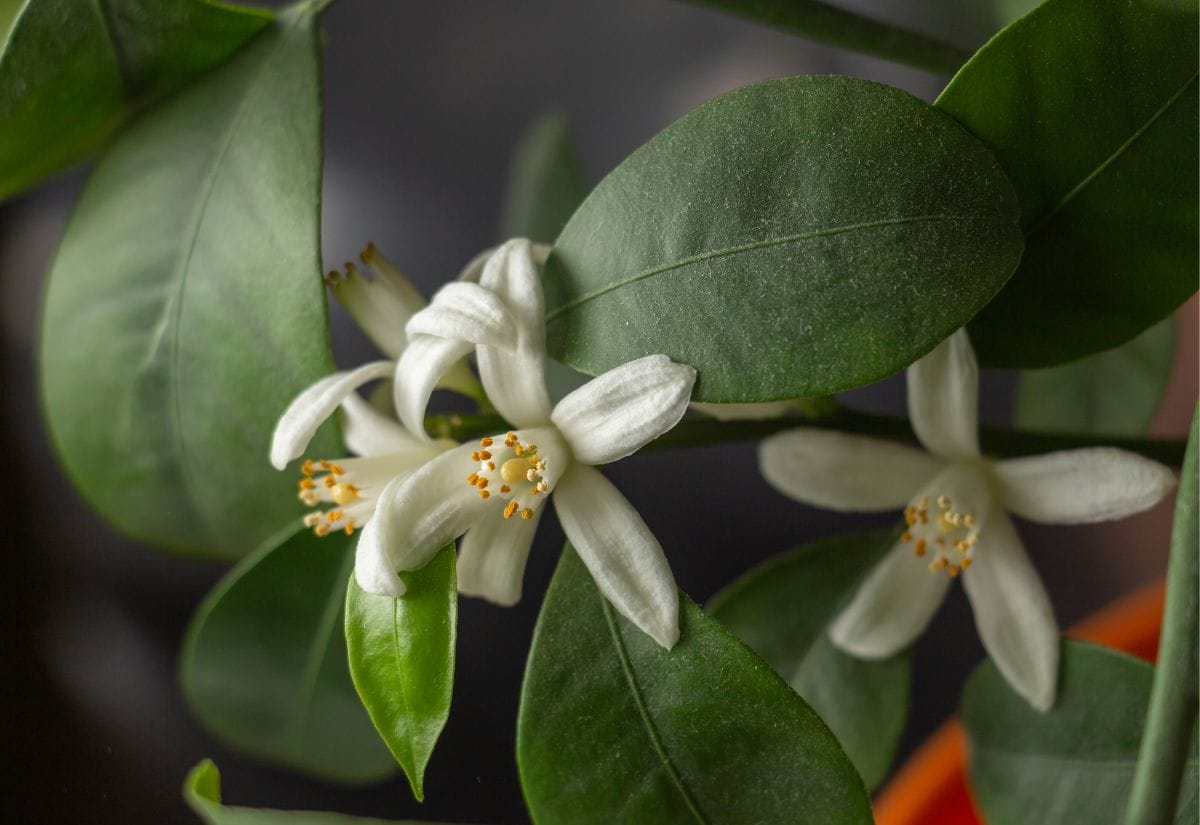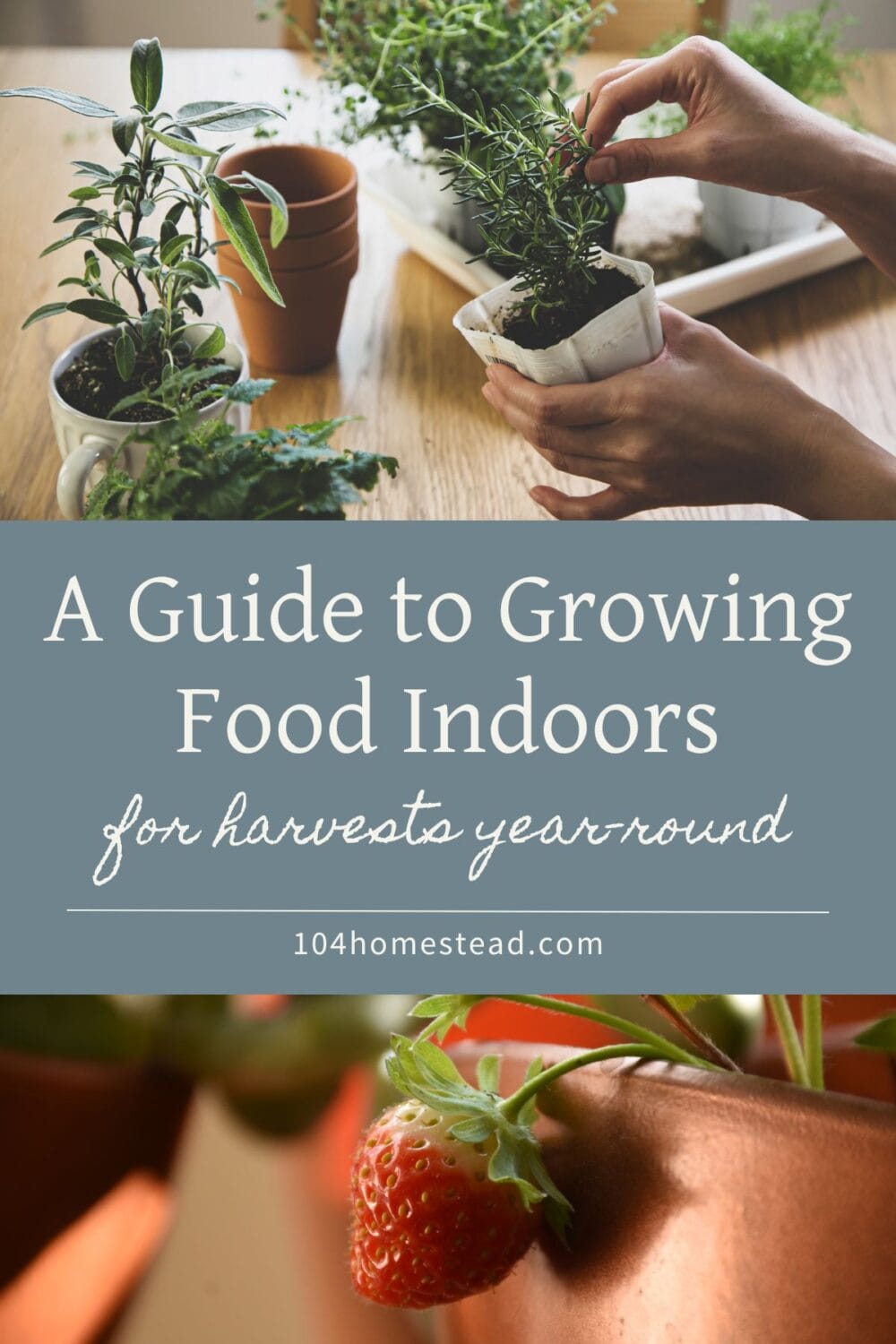A Guide to Growing Food Indoors for Harvests Year-Round
Learn all the ins and outs of indoor gardening. Grow your own food year-round with proper plant selection, lighting, and maintenance.

Bringing the pleasure of gardening inside your home all year by growing food indoors is more than just a fad; it is a sustainable practice. Indoor gardening provides the health benefits of fresh, pesticide-free produce, the joy of seeing plants grow, and the opportunity to cultivate plants in any size space, be it a large house or a small apartment.
In this post, I will walk you through the basics of indoor gardening, from selecting the right plants to the details of their care and harvesting.
Why Grow Food Indoors?
Indoor gardening has several advantages:
- Year-Round Produce: Regardless of your outdoor climate, indoor gardens can produce fresh food all year.
- Space Efficiency: Ideal for urban dwellers with limited outdoor space.
- Controlled Environment: Reduced risk of pests and diseases, with less need for chemical pesticides.
- Educational: A great way to teach children about plants and nutrition.
Getting Started: What You Need
Before you start your indoor gardening adventure, make sure you know the basics. Learn all you need to know about starting an indoor gardening setup here:
Choosing the Right Plants
Not all plants are suited for indoor gardening. Start with those known for their adaptability to indoor conditions:
- Herbs: Basil, mint, chives, and parsley are great starters.
- Leafy Greens: Spinach, kale, and lettuce thrive indoors with minimal light.
- Vegetables: Cherry tomatoes, peppers, and green onions can do well with adequate lighting.
- Fruit-Bearing Plants: Dwarf strawberries and dwarf citrus trees can be grown indoors with extra care.

Selecting Containers
For optimal root health and to avoid other moisture-related problems, choose containers with good drainage. With the addition of drainage holes, you can transform recycled containers like plastic buckets, old coffee cans, or even yogurt cups into pots for your plants. In addition to helping the environment, this method also helps save money.
You can also go with specialized indoor gardening systems and commercial pots. These typically have built-in drainage systems, and some even have self-watering capabilities to keep the soil at the ideal moisture level. Those are the types I prefer.
Container Materials Matter
I should mention that different plants have different container preferences. When it comes to herbs and plants that do best in drier environments, terracotta pots are a great choice because of their porous nature and the increased drainage they provide. On the flip side, plants that thrive in damp environments may find that plastic pots work better for them.
Container Size Considerations
Think about the plant’s size and growth pattern when choosing a container. If the container is too big, the soil will dry out too slowly, which can be bad for the roots, and if it is too small, the plants will be stunted. A good rule of thumb is to select a pot that is one size larger than the plant’s current container. This allows for good drainage and nutrient distribution without smothering the plant with soil. These repotting mats are a game changer when you’re repotting your plants.
Soil and Fertilizers
To ensure a balanced and nutrient-rich environment that promotes healthy growth, it is essential to use a high-quality potting mix specifically made for indoor plants. Lighter and more porous than outdoor soil, these mixes allow for better root development and drainage. I’m a big fan of Espoma’s Organic Potting Mix. In addition to peat moss, humus, and perlite, it contains myco-tone, a combination of mycorrhizae that aids in root mass development and enhances water uptake.
Add organic fertilizers to the mix to boost your plants’ growth and vitality even more. In addition to feeding your plants, these organic nutrients enhance the soil’s structure, which in turn promotes healthy microbes that plants need. I have found that worm castings are the best all-around organic fertilizer. They provide a rich source of nutrients, including nitrogen, phosphorus, and potassium.
Lighting
Most edible plants require at least 6 to 8 hours of sunlight daily. South-facing windows are ideal, but if natural light is insufficient, consider investing in grow lights. LED grow lights are an energy-efficient option that can support plant growth.
Watering and Humidity
One typical blunder when growing plants indoors is to water them too much. Let the soil dry out a little bit in between waterings, and make sure your containers can drain excess water.

Care and Harvesting Tips
Beyond initial planting, continuous attention is required to keep your indoor garden healthy and productive. If you want to get the most out of your indoor gardening, here are some great tips for caring for your plants:
Pruning and Training
Pruning is a method for increasing the growth and harvest of your edible plants; it is also a great way to keep your indoor garden neat and tidy. For indoor plants to thrive, it is essential to regularly prune away any dead or overgrown foliage to improve air circulation and light penetration.
Pollination
It may be necessary to manually pollinate some plants in order to guarantee fruit set. A tiny, delicate paintbrush or even a cotton swab can be used to delicately transfer pollen from one flower to another, simulating the action of bees and other pollinators. Moving from male to female flowers (if they are separate), gently brush the center of each one to distribute the pollen.
The Little Veggie Patch Co. has an excellent post on the art of hand pollinating.
Pest and Disease Management
If you want your indoor garden to stay healthy, you must learn to control pests and diseases. Here are specific ways to deal with typical problems that indoor plants face:
- Spider Mites: You can spot spider mites by looking for tiny webs on the leaves of plants. Add moisture to the air around plants by misting them frequently. Some effective treatments include neem oil and insecticidal soap.
- Fungus Gnats: These pests thrive in moist soil. Before watering, let the top layer of soil dry completely, and think about using sticky yellow traps to catch adults.
- Aphids: These tiny pests can be found on the undersides of leaves, causing yellowing or distorted growth. They can be removed by using an insecticidal soap or a powerful stream of water.
- Powdery Mildew: A fungal disease that appears as white, powdery spots on leaves. Improve air circulation around your plants and reduce overhead watering. Applying a mixture of baking soda and water can help manage outbreaks.
- Root Rot: Caused by overwatering and poor drainage, leading to decayed roots. The soil should dry out a little bit between waterings, and the containers should have good drainage.
If you keep an eye on your plants and act quickly when you notice any problems, you can keep pests and diseases at bay and keep your indoor garden healthy and productive.
Frequently Asked Questions
If you’ve found value in this blog post and enjoyed reading it, why not share it with your Pinterest community? Pin the image below and spread the love!

Indoor gardening is a fulfilling hobby that improves your health, food, and living conditions. With the correct equipment and maintenance, you can have a steady supply of nutritious, freshly grown vegetables without ever leaving your house. Having fun is more important than anything else, so start small and try out a variety of plants. Gardening indoors brings more than just a bounty; it is also a way to reacquaint yourself with nature and enjoy the joy of nurturing life.
What’s your go-to tip or secret for successful indoor gardening, and how has it changed the way you grow your food indoors?
